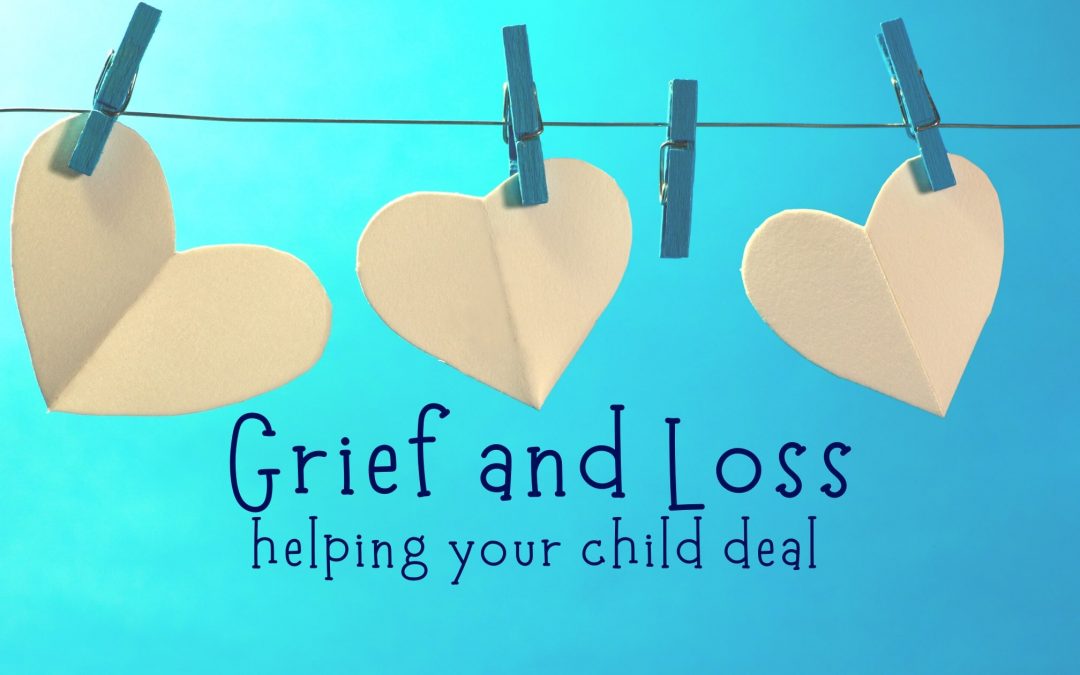
When your teen loses a friend as a parent, you have been hit with a double whammy. You yourself are trying to process this death and then you also have the added bonus of processing your child’s grief. It’s a double hit to your psyche.
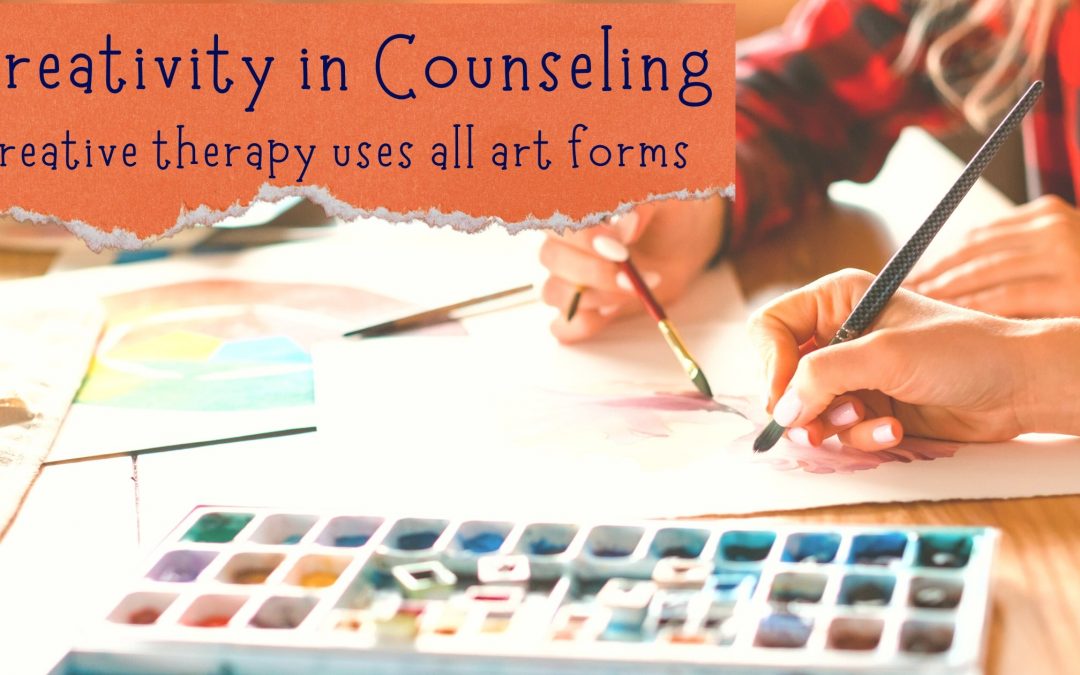
As a counselor who works with children, preteens, teens and emerging adults, I constantly struggle with finding creative and engaging ways to provide therapeutic services to my clients. I have a background in art and play therapy so I am almost always found with art materials and things to play with either in my portable therapy kit or in my office. Creativity in counseling can be very crucial when it comes to making an impact on the therapeutic relationship and experience for yourself and your clients.
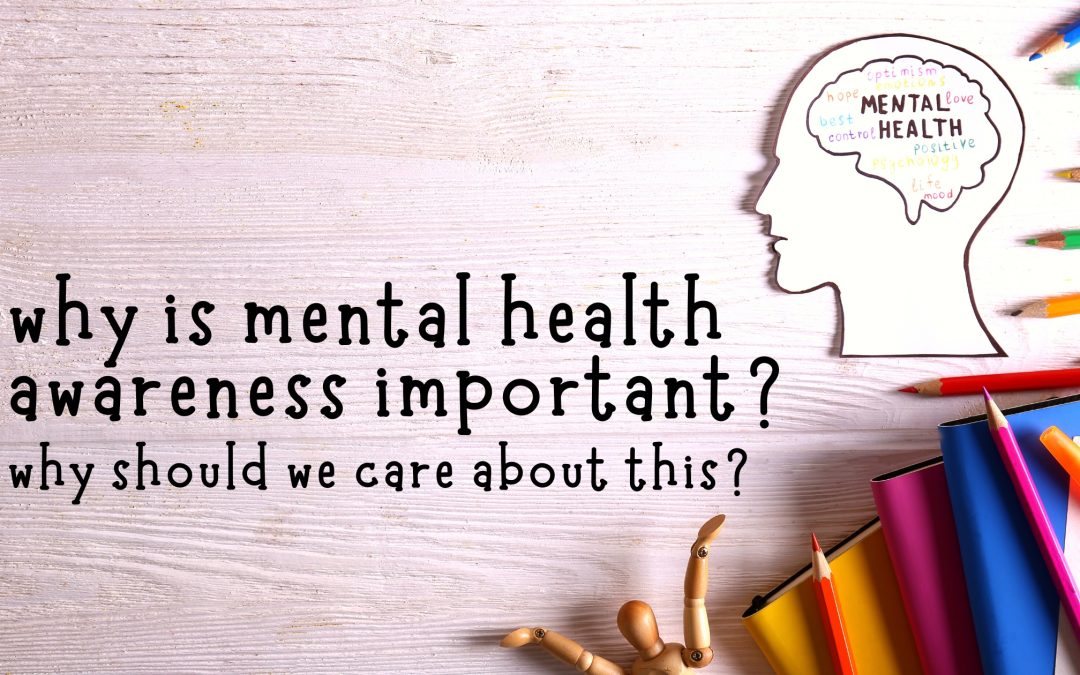
Recently the United States has launched a new three digit number to access mental health support in this country. It’s as easy as dialing 988 and you will be connected to a live, trained operator who will listen and guide you through your needs. It actually links you to the National Suicide Prevention Lifeline 1-800 number which is 1-800-273-8255 We all can agree a 3 digit number is much easier to remember and dial when in crisis. Just like 911 is. So it’s about time…
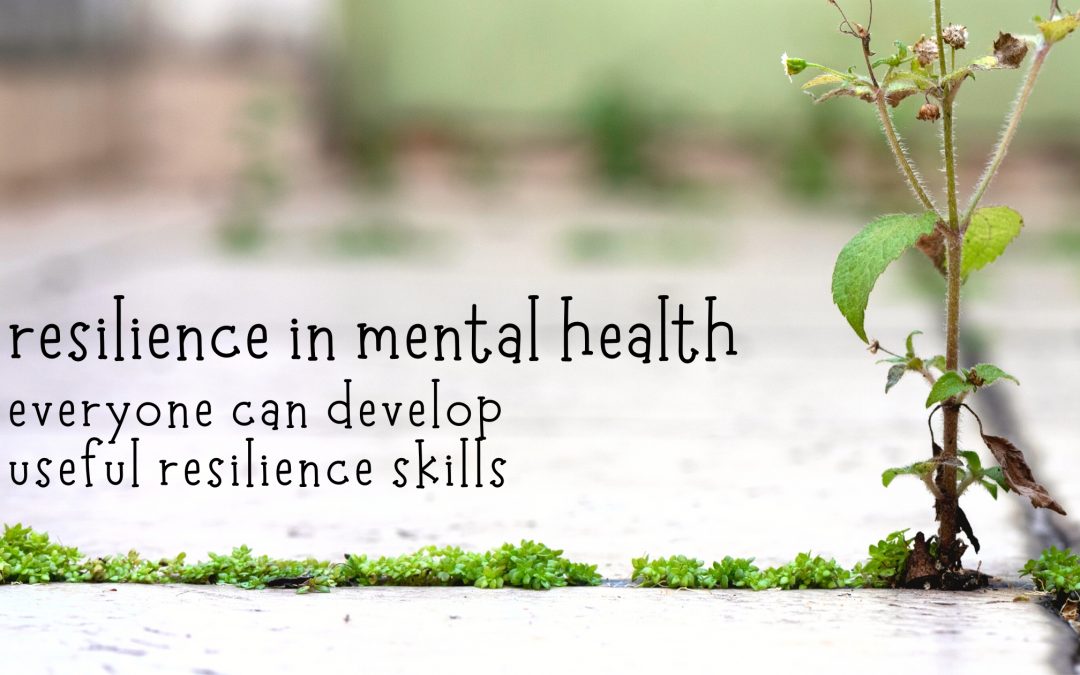
Being resilient is something I wasn’t so familiar with. I was taking some professional development classes and had this amazing speaker, Dr. Katherina Gilboa. Her book was called from Stressed to Resilient. I listened. I took voracious notes. I was DETERMINED to become resilient! I bought her book before the course was even over. I was going to improve myself!
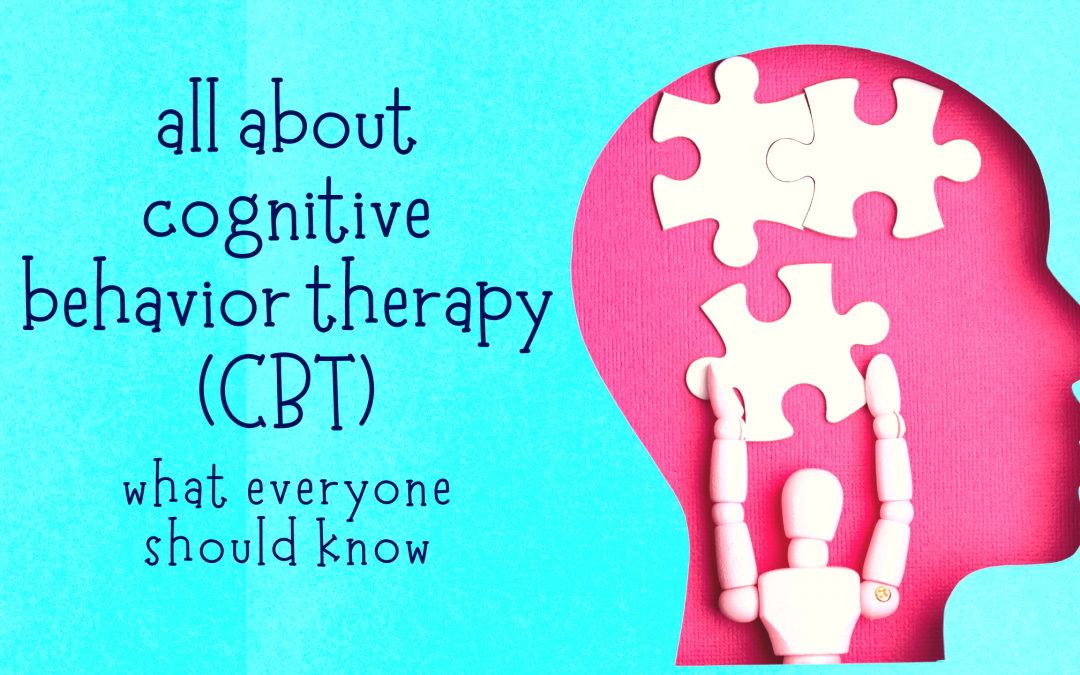
Recently a friend of mine’s teenage daughter was going through a difficult time. They were desperate to find a therapy style that would work to support her needs. And spent a great deal of time researching, talking and investigating different therapeutic styles that would support their daughter. A wind-up finding a CBT therapist and after weeks of intensive therapy. Their daughter is doing well. Her mom attributes it to CBT therapy and said that it was such a game-changer I should look into it and become CBT certified myself.
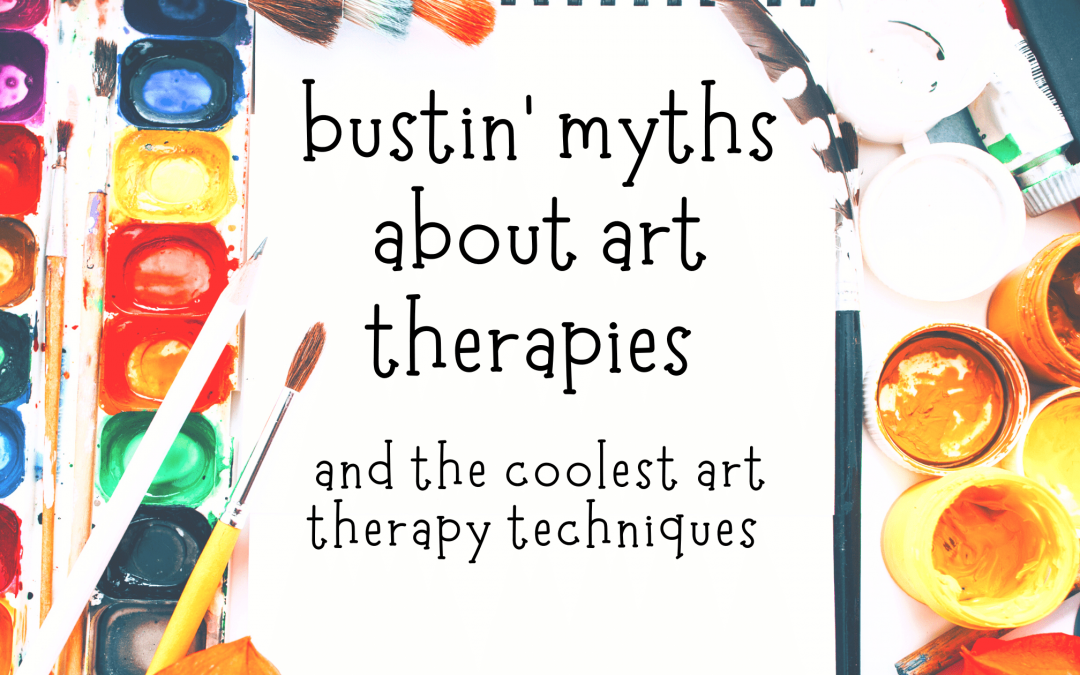
What even is art therapy? How in the world does it fit with straight up couch therapy? Therapy in the old days typically was portrayed as a dark mahogany walled-in office with a therapist sitting in some kind of a fancy leather chair and a patient lying on the couch talking about their issues. The therapist is typically portrayed as an older male (think Freud) who is taking notes and asking questions. This is obviously an antiquated version of what therapy looks like. So let’s bust all the old myths about therapy and specifically art therapies.






